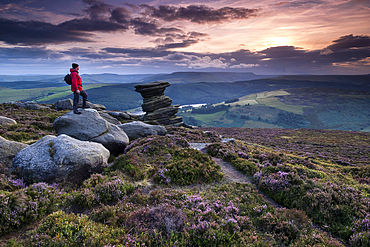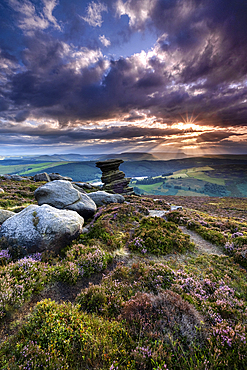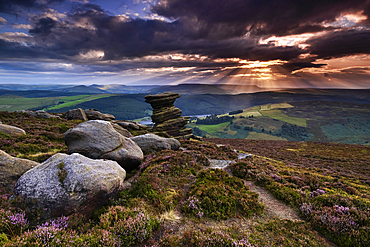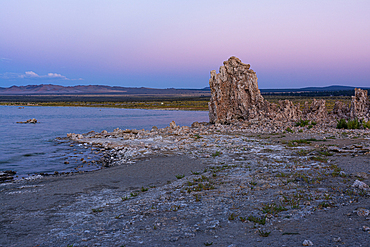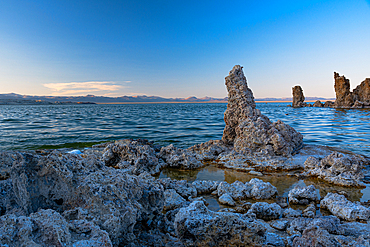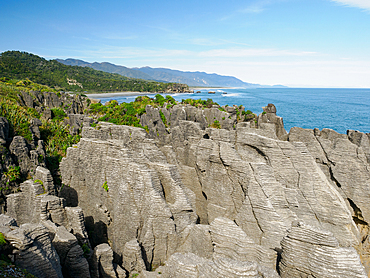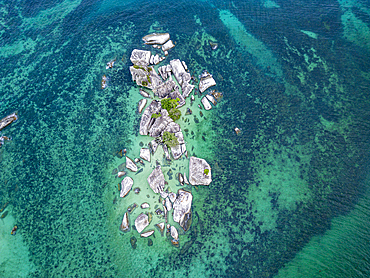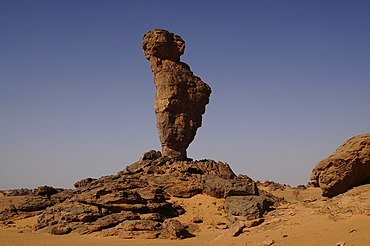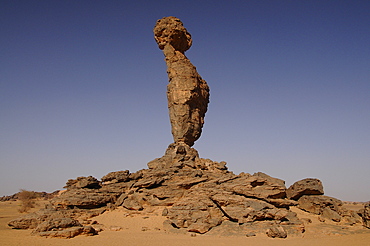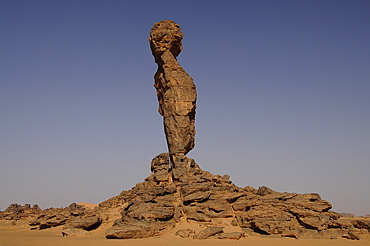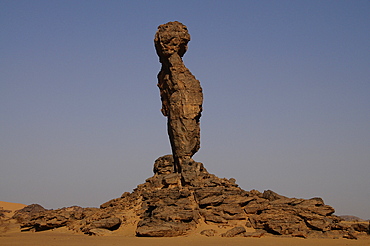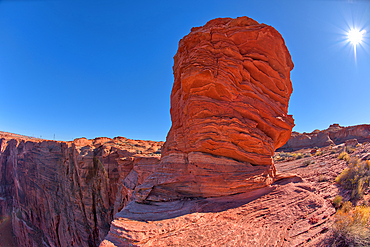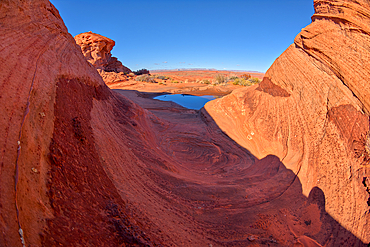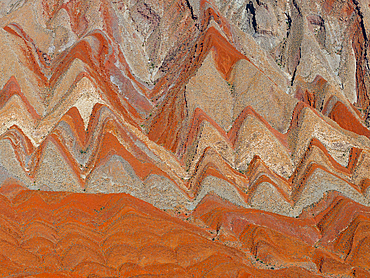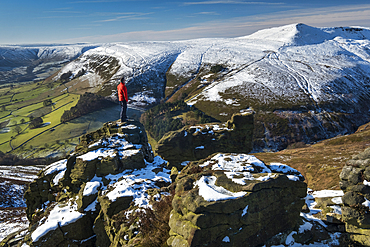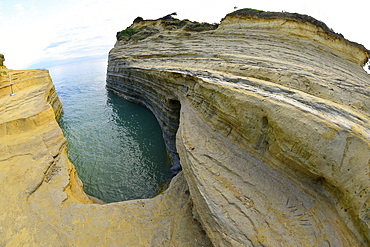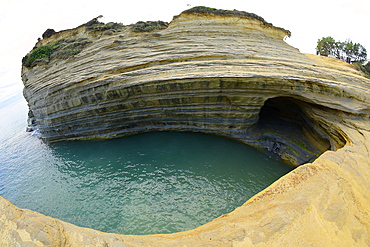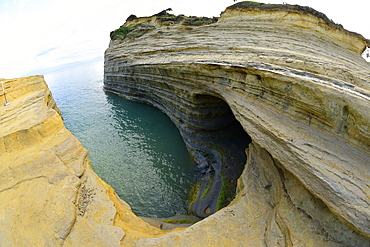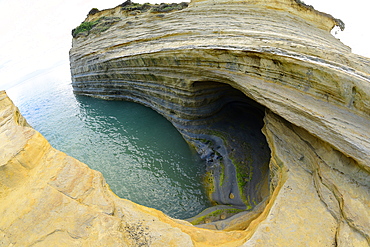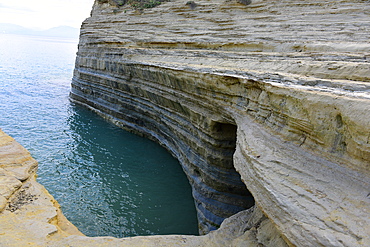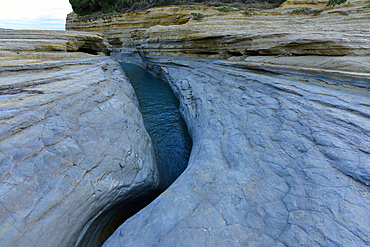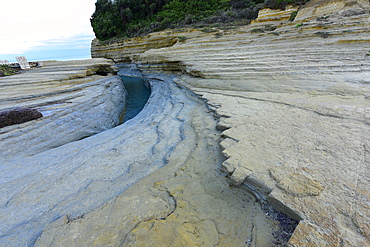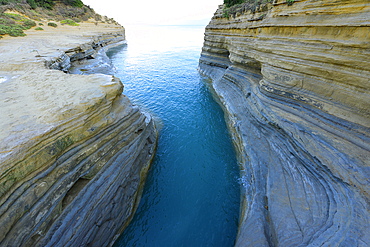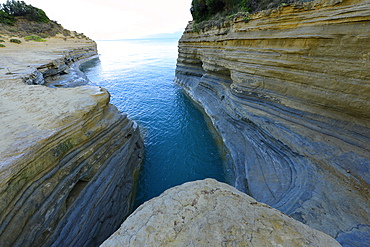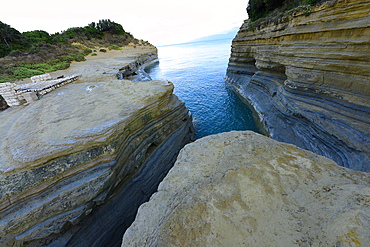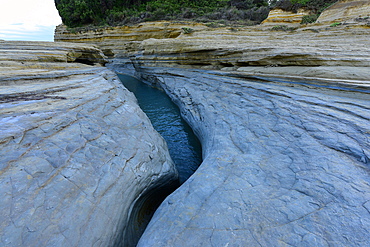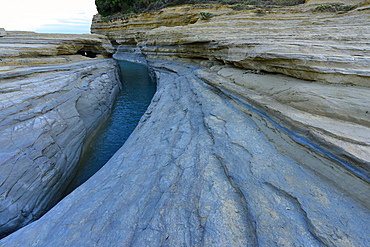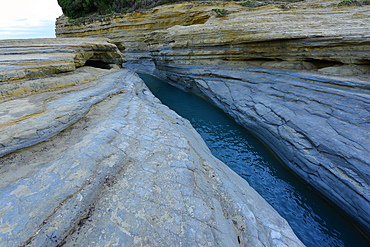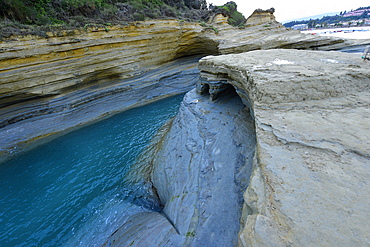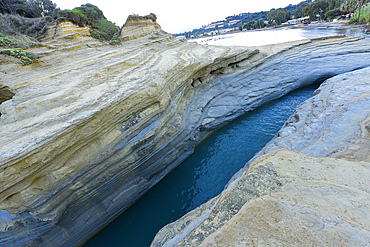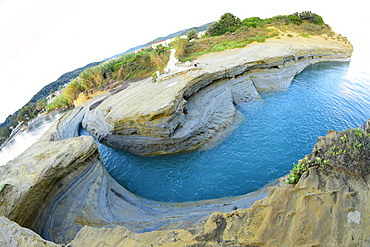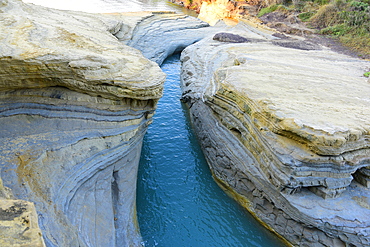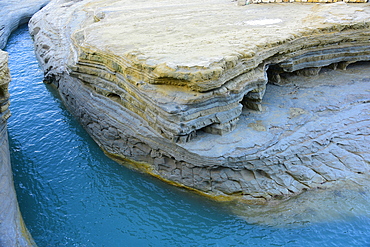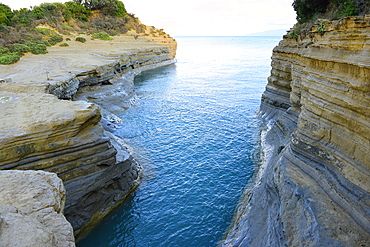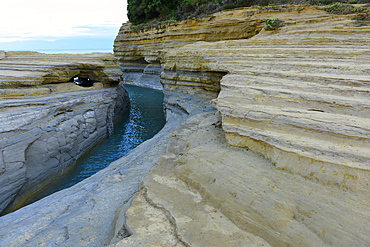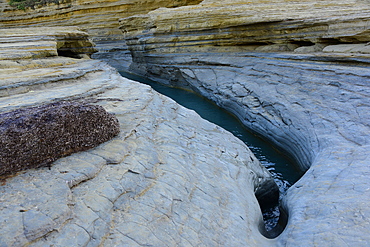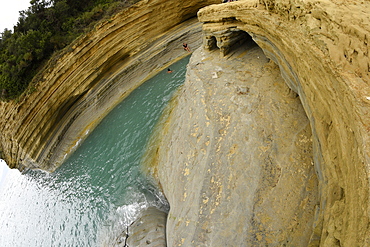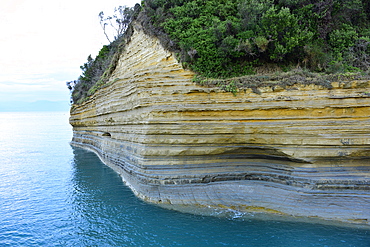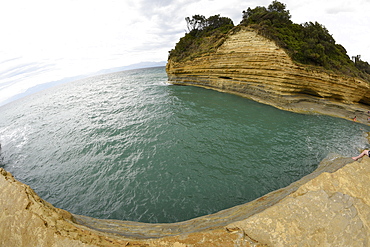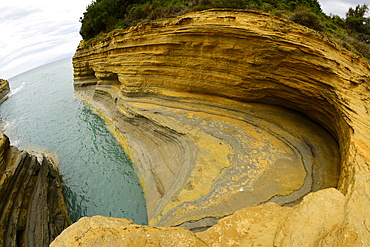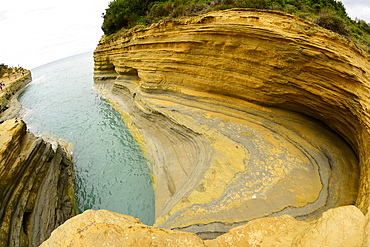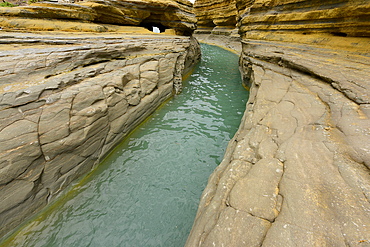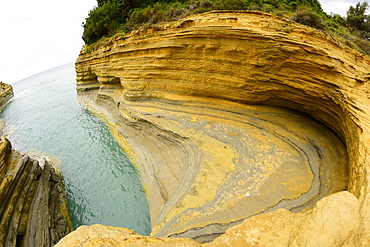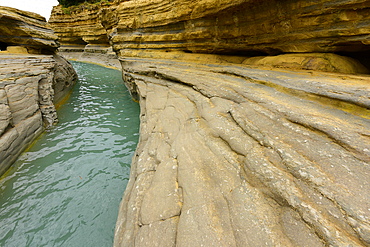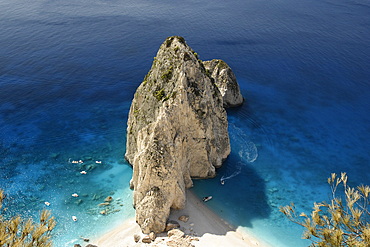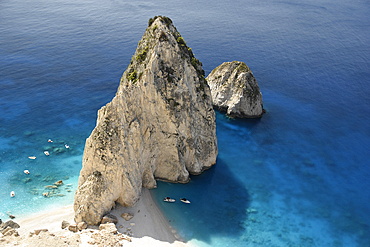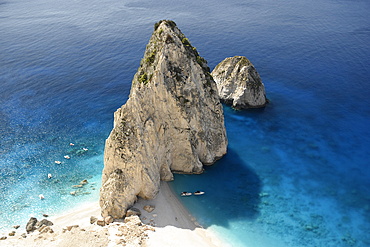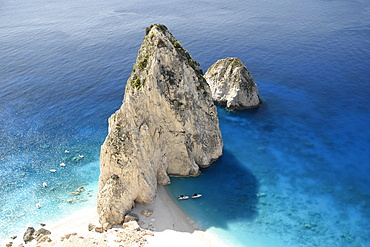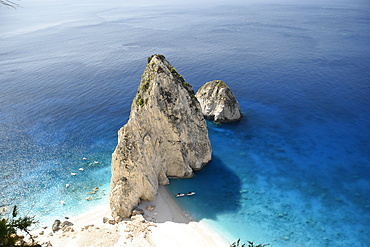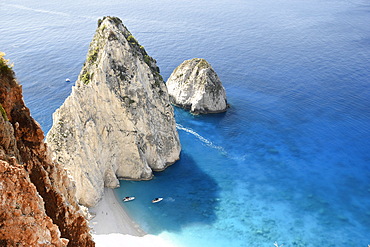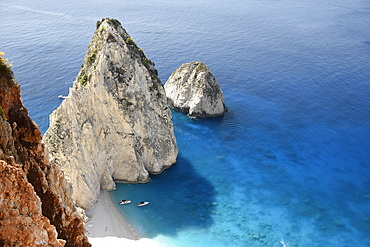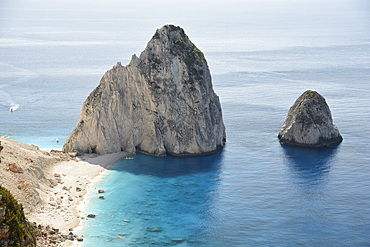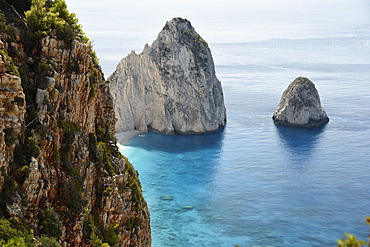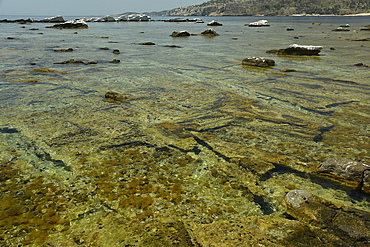Recent searches
Loading...
1359-1148 - Rock formation at Praia da Ribeira da Janela beach, Ribeira da Janela, Porto Moniz, Madeira, Portugal
1359-1140 - Waves washing rock formation near coast of Porto Moniz and distant view of lighthouse on Ilhéu Mole Island, Madeira, Portugal
1361-443 - Ice formation on top of a rock in the arctic landscape, Flakstadoya, Nordland, Lofoten Islands, Norway, Scandinavia, Europe
1353-713 - The Roaches rock formation in autumn, near Leek, Peak District National Park, Staffordshire Moorlands, Staffordshire, England, UK
1353-711 - Hen Cloud from The Roaches rock formation in autumn, near Leek, Peak District National Park, Staffordshire Moorlands, Staffordshire, England, UK
1353-712 - Hoar Frosted Trees and Freezing Fog at The Roaches rock formation in Winter, The Roaches, near Leek, Peak District National Park, Staffordshire Moorlands, Staffordshire, England, UK
1353-692 - Walker looking out over Hen Cloud from The Roaches rock formation in autumn, Peak District National Park, Staffordshire Moorlands, Staffordshire, England, UK
1353-682 - The Salt Cellar rock formation in summer, Derwent Edge, Peak District National Park, Derbyshire, England, UK
1353-681 - Walker looking out from the distinctive Salt Cellar rock formation on a heather moorland in summer, Derwent Edge, Peak District National Park, Derbyshire, England, UK
1353-677 - The Salt Cellar Rock Formation in summer, Derwent Edge, Peak District National Park, Derbyshire, England, UK
1353-676 - The Salt Cellar Rock Formation in summer, Derwent Edge, Peak District National Park, Derbyshire, England, UK
1372-200 - Rock formation at Mono Lake with soft diffusive light after sunset, Califorina, United States of America, North America
1372-199 - Rock formation, Mono Lake, Califorina, United States of America, North America
1242-608 - The Pancake Rocks, an unusual formation of limestone layered like sedimentary rock and eroded by water and wind, Punakaiki, West Coast, South Island, New Zealand, Pacific
1184-10847 - Aerial of the Batu Garuda granite rock formation, Belitung island off the coast of Sumatra, Indonesia, Southeast Asia, Asia
1235-1884 - Finger of Allah rock formation in Akakus Mountains, Libya, North Africa, Africa
1235-1883 - Finger of Allah rock formation in Akakus Mountains, Libya, North Africa, Africa
1235-1882 - Finger of Allah rock formation in Akakus Mountains, Libya, North Africa, Africa
1235-1881 - Finger of Allah rock formation in Akakus Mountains, Libya, North Africa, Africa
1311-769 - An eroded Sandstone hoodoo formation north of the Horseshoe Bend Overlook along the Colorado River in Page, Arizona, United States of America, North America
1311-767 - Sandstone hoodoo formation north of the Horseshoe Bend Overlook along the Colorado River in Page, Arizona, United States of America, North America
1311-766 - Sandstone hoodoo formation north of the Horseshoe Bend Overlook along the Colorado River in Page, Arizona, United States of America, North America
1311-765 - A wavy sandstone formation with a puddle of water north of the Horseshoe Bend Overlook along the Colorado River in Page, Arizona, United States of America, North America
1160-5335 - Teufelsmauer rock formation (Devil's Wall), Weddersleben, Thale, Harz, Saxony-Anhalt, Germany, Europe
1353-639 - The Edale Valley from Ringing Roger rock formation in winter, Kinder Scout, Peak District National Park, Derbyshire, England, United Kingdom, Europe
1369-141 - Aerial abstract view taken by drone of particular rocks formation during a sunny summer day, Utah, United States of America, North America
1369-130 - Aerial abstract view taken by drone of particular rock formation during a sunny summer day, Mexican Hat, Utah, United States of America, North America
1353-627 - Walker looks out over Grindslow Knoll and the Edale Valley from Ringing Roger rock formation in winter, Kinder Scout, Peak District National Park, Derbyshire, England, UK
1353-623 - Walker looks out over the Edale Valley from Ringing Roger rock formation in winter, Kinder Scout, Peak District National Park, Derbyshire, England, UK
1353-622 - Grindslow Knoll and the Edale Valley from Ringing Roger rock formation in winter, Kinder Scout, Peak District National Park, Derbyshire, England, UK
1235-1396 - Rock formation in Channel of Love (Canal D'amour) in Sidari, Corfu, Greece
1235-1394 - Famous Channel of Love (Canal D'amour) in Sidari, Corfu, Greece
1235-1395 - Famous Channel of Love (Canal D'amour) in Sidari, Corfu, Greece
1235-1393 - Famous Channel of Love (Canal D'amour) in Sidari, Corfu, Greece
1235-1392 - Famous Channel of Love (Canal D'amour) in Sidari, Corfu, Greece
1235-1391 - Famous Channel of Love (Canal D'amour) in Sidari, Corfu, Greece
1235-1390 - Famous Channel of Love (Canal D'amour) in Sidari, Corfu, Greece
1235-1389 - Famous Channel of Love (Canal D'amour) in Sidari, Corfu, Greece
1235-1387 - Famous Channel of Love (Canal D'amour) in Sidari, Corfu, Greece
1235-1388 - Famous Channel of Love (Canal D'amour) in Sidari, Corfu, Greece
1235-1386 - Famous Channel of Love (Canal D'amour) in Sidari, Corfu, Greece
1235-1385 - Famous Channel of Love (Canal D'amour) in Sidari, Corfu, Greece
1235-1383 - Famous Channel of Love (Canal D'amour) in Sidari, Corfu, Greece
1235-1384 - Famous Channel of Love (Canal D'amour) in Sidari, Corfu, Greece
1235-1382 - Famous Channel of Love (Canal D'amour) in Sidari, Corfu, Greece
1235-1380 - Famous Channel of Love (Canal D'amour) in Sidari, Corfu, Greece
1235-1381 - Famous Channel of Love (Canal D'amour) in Sidari, Corfu, Greece
1235-1357 - Famous Channel of Love (Canal D'amour) in Sidari, Corfu, Greece
1235-1354 - Famous Channel of Love (Canal D'amour) in Sidari, Corfu, Greece
1235-1355 - Famous Channel of Love (Canal D'amour) in Sidari, Corfu, Greece
1235-1353 - Famous Channel of Love (Canal D'amour) in Sidari, Corfu, Greece
1235-1351 - Famous Channel of Love (Canal D'amour) in Sidari, Corfu, Greece
1235-1352 - Famous Channel of Love (Canal D'amour) in Sidari, Corfu, Greece
1235-1350 - Famous Channel of Love (Canal D'amour) in Sidari, Corfu, Greece
1235-1347 - Famous Channel of Love (Canal D'amour) in Sidari, Corfu, Greece
1235-1348 - Famous Channel of Love (Canal D'amour) in Sidari, Corfu, Greece
1235-1346 - Famous Channel of Love (Canal D'amour) in Sidari, Corfu, Greece
1235-1345 - Famous Channel of Love (Canal D'amour) in Sidari, Corfu, Greece
1235-1343 - Famous Channel of Love (Canal D'amour) in Sidari, Corfu, Greece
1235-1342 - Famous Channel of Love (Canal D'amour) in Sidari, Corfu, Greece
1235-1340 - Famous Channel of Love (Canal D'amour) in Sidari, Corfu, Greece
1235-1341 - Famous Channel of Love (Canal D'amour) in Sidari, Corfu, Greece
1235-1339 - Famous Channel of Love (Canal D'amour) in Sidari, Corfu, Greece
1235-1337 - Famous Channel of Love (Canal D'amour) in Sidari, Corfu, Greece
1235-1338 - Famous Channel of Love (Canal D'amour) in Sidari, Corfu, Greece
1235-1336 - Famous Channel of Love (Canal D'amour) in Sidari, Corfu, Greece
1235-1335 - Famous Channel of Love (Canal D'amour) in Sidari, Corfu, Greece
1235-1334 - Famous Channel of Love (Canal D'amour) in Sidari, Corfu, Greece
1235-646 - Elevated view on Myzithres Beach, Zakhyntos, Greece
1235-647 - Elevated view on Myzithres Beach, Zakhyntos, Greece
1235-645 - Elevated view on Myzithres Beach, Zakhyntos, Greece
1235-644 - Elevated view on Myzithres Beach, Zakhyntos, Greece
1235-643 - Elevated view on Myzithres Beach, Zakhyntos, Greece
1235-642 - Elevated view on Myzithres Beach, Zakhyntos, Greece
1235-641 - Elevated view on Myzithres Beach, Zakhyntos, Greece
1235-639 - Elevated view on Myzithres Beach, Zakhyntos, Greece
1235-640 - Elevated view on Myzithres Beach, Zakhyntos, Greece
1235-637 - Elevated view on Myzithres Beach, Zakhyntos, Greece
1235-636 - Elevated view on Myzithres Beach, Zakhyntos, Greece
1235-635 - Elevated view on Myzithres Beach, Zakhyntos, Greece
1235-558 - Ancient quarry of Alyki, Thassos, Greek Islands, Greece, Europe
1235-554 - Ancient quarry of Alyki, Thassos, Greek Islands, Greece, Europe
1235-549 - Ancient quarry of Alyki, Thassos, Greek Islands, Greece, Europe
1235-547 - Ancient quarry of Alyki, Thassos, Greek Islands, Greece, Europe
1235-548 - Ancient quarry of Alyki, Thassos, Greek Islands, Greece, Europe
1235-546 - Ancient quarry of Alyki, Thassos, Greek Islands, Greece, Europe
1235-545 - Ancient quarry of Alyki, Thassos, Greek Islands, Greece, Europe
1235-544 - Ancient quarry of Alyki, Thassos, Greek Islands, Greece, Europe
1235-543 - Ancient quarry of Alyki, Thassos, Greek Islands, Greece, Europe
1235-541 - Ancient quarry of Alyki, Thassos, Greek Islands, Greece, Europe
1235-542 - Ancient quarry of Alyki, Thassos, Greek Islands, Greece, Europe
1235-540 - Ancient quarry of Alyki, Thassos, Greek Islands, Greece, Europe
1235-539 - Ancient quarry of Alyki, Thassos, Greek Islands, Greece, Europe
1235-538 - Ancient quarry of Alyki, Thassos, Greek Islands, Greece, Europe
1235-537 - Ancient quarry of Alyki, Thassos, Greek Islands, Greece, Europe
1235-536 - Ancient quarry of Alyki, Thassos, Greek Islands, Greece, Europe
1235-534 - Ancient quarry of Alyki, Thassos, Greek Islands, Greece, Europe
1235-533 - Ancient quarry of Alyki, Thassos, Greek Islands, Greece, Europe
1235-532 - Ancient quarry of Alyki, Thassos, Greek Islands, Greece, Europe
1235-1379 - Famous Channel of Love (Canal D'amour) in Sidari, Corfu, Greece








